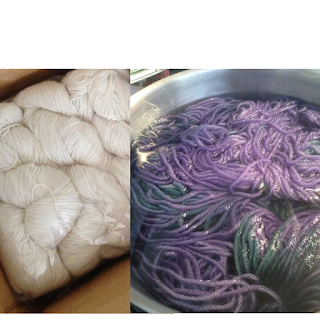I am not one to make big new years resolution announcements, for a few reasons:
- My work schedule in January is not conducive to starting and maintaining any new habits
- By openly stating any new goals I feel like there is such a set up for failure - if there is any weak moments or divergence from the goal everyone knows and it is much harder mentally, for me anyway, to get back on track. I know for others this has the reverse effect and by announcing their resolutions to the world they get the motivation and accountability they need to succeed.
- A resolution made on 1 January may not be relevant days, weeks or months after. Life moves quickly and what seems important in the moment, may not be in the long term. I guess that is why a lot of new years resolutions are "eat healthier" or "exercise more" - these are general and will always be things that are required in order to live a happy and healthy life. I'm not saying that I won't try to do either of these things, I'm just not sure that I need to make them a new years resolution.
2015 was a big year for me, especially in my craftiness:
 |
| My nine most liked Instagram posts of 2015 |
- I started this blog in March and have fairly consistently posted entries.
- I started dyeing yarn, experimented and found a true passion.
- I opened my etsy shop. AND I have had sales. It's one thing to open a shop and put my creations out into the world, but for other people to decide they want to spend their hard earned money on my yarn is an amazing feeling.
- I knit a lot; including four shawls, a jumper, one soft toy, six beanies, two pairs of mitts (including the cupcake mittens), and at least 8 pairs of socks (I have been super lazy and have not entered my sock projects in to Ravelry).
Do I have things I want to do and achieve in 2016? YES - lots!!! I look forward to sharing my crafting progress and business growth with everyone.


















































